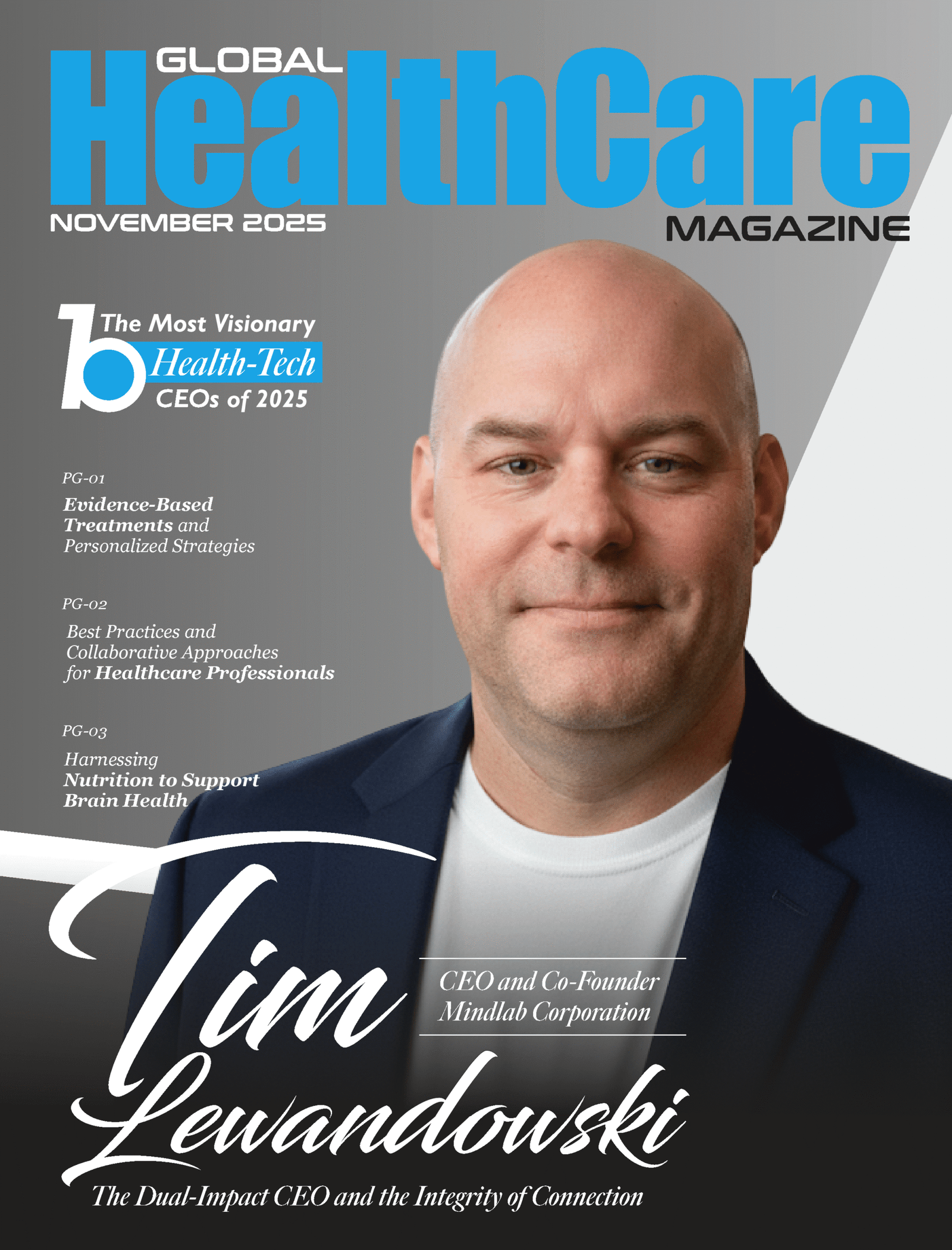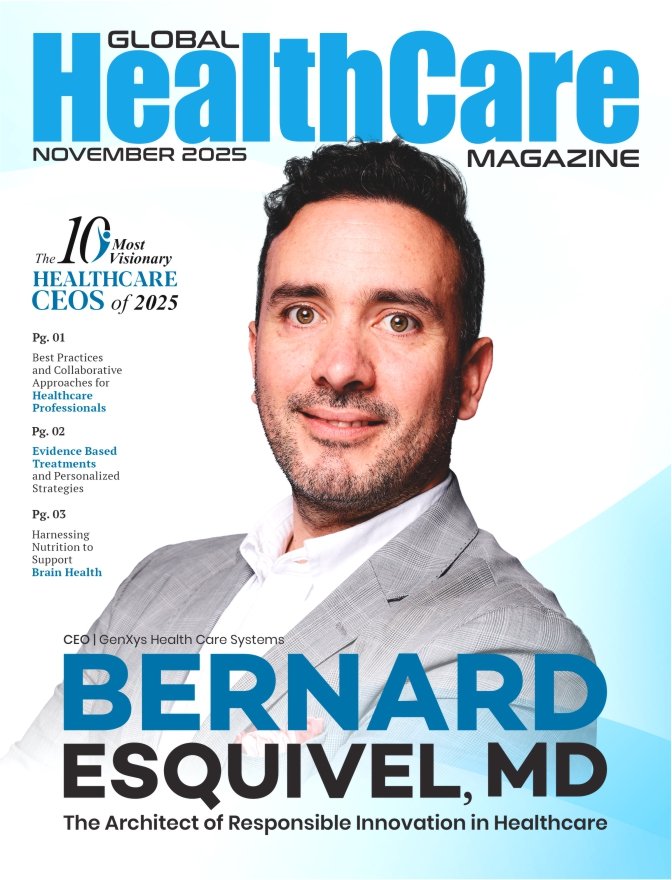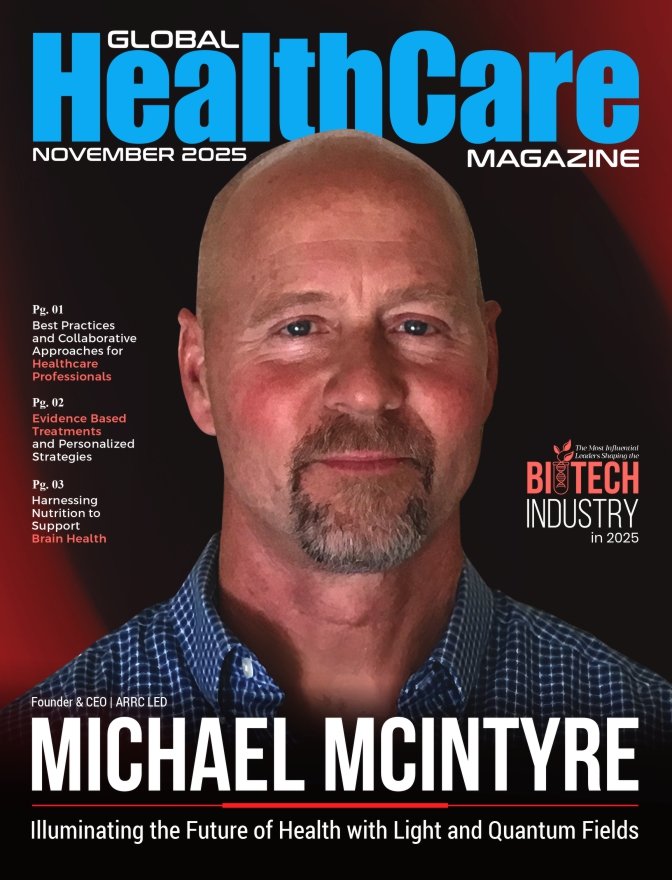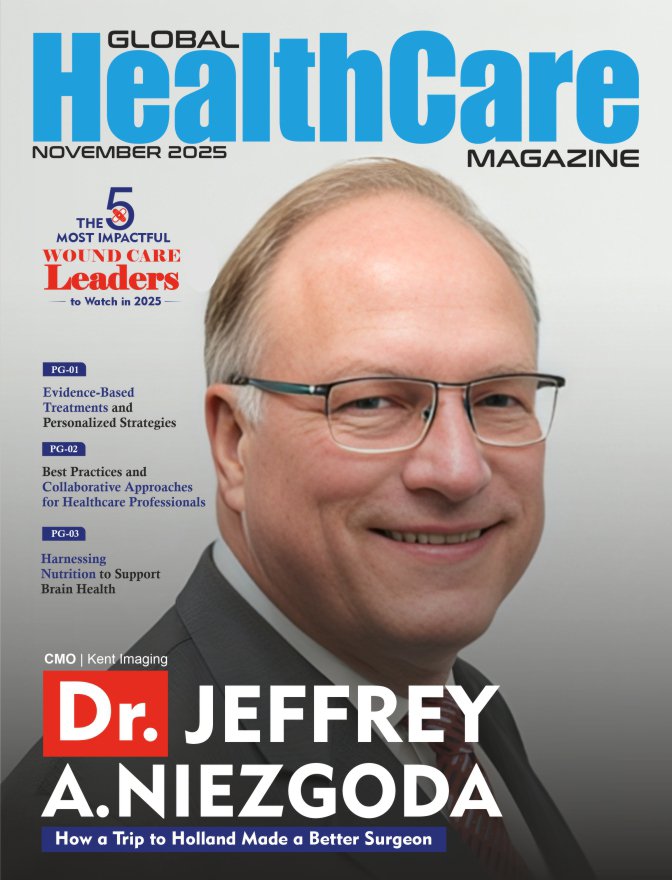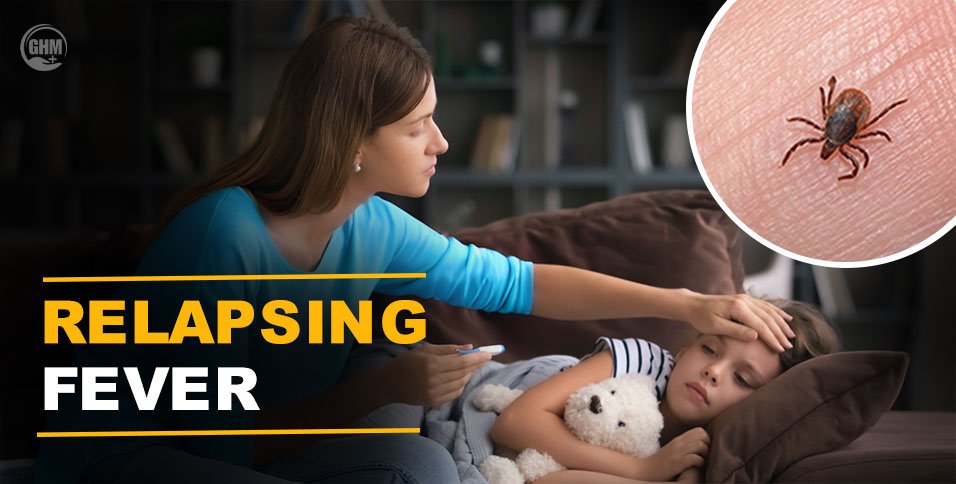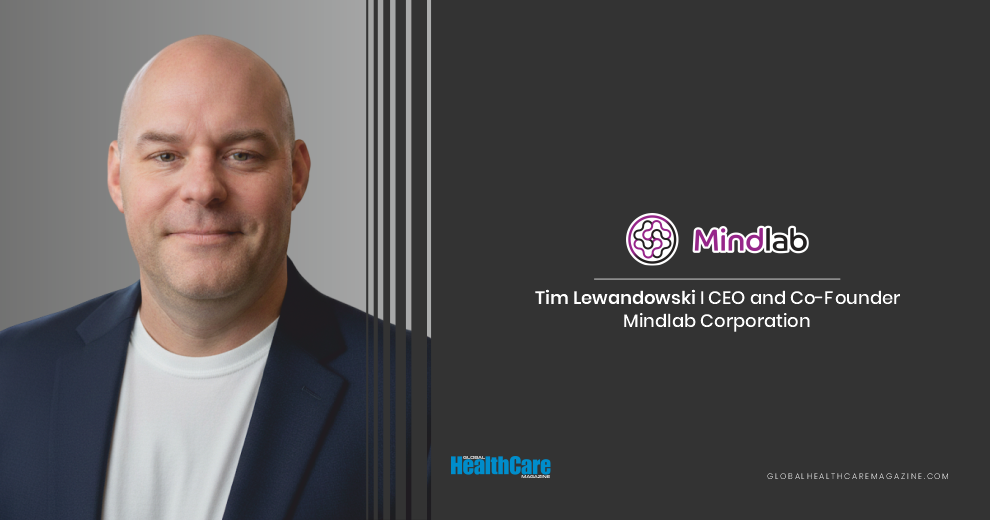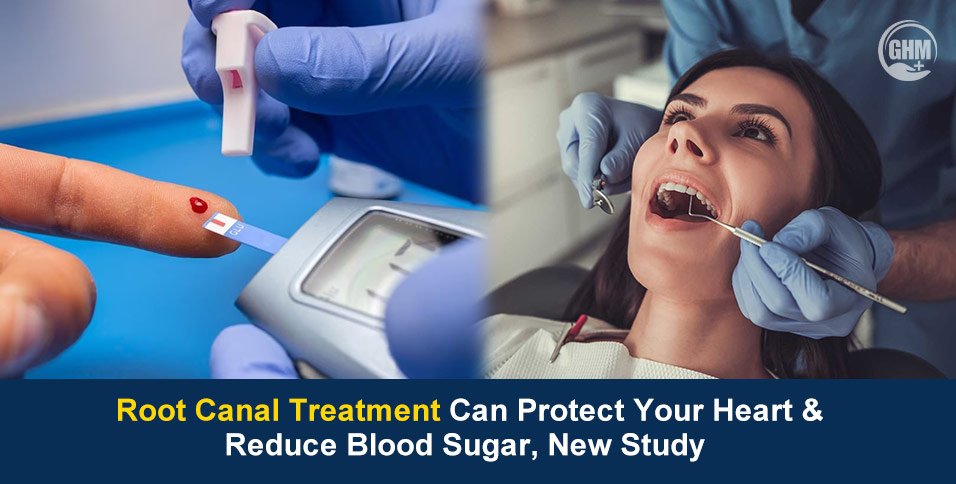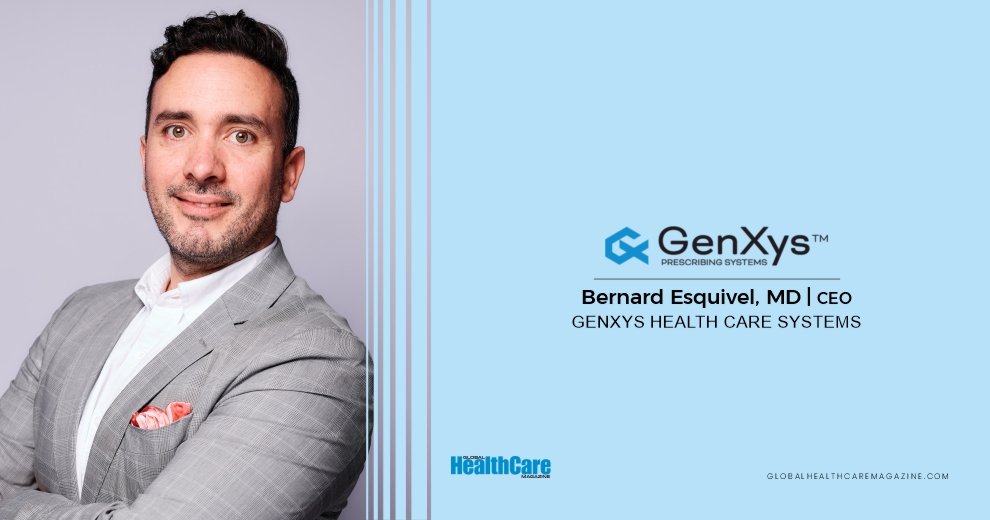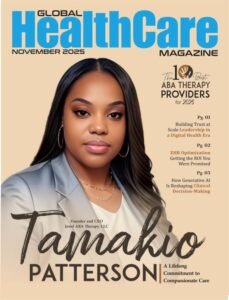Orthodontics has traditionally been linked to straightening teeth and enhancing smiles. However, what if it could achieve more than that? What if it could positively influence how people breathe, and sleep, and even enhance their overall health? For years, dentistry and sleep medicine have operated separately, advancing in their respective fields. Yet, a significant connection between the two has remained largely unexplored—one that has the potential to transform patient care.
This intersection of orthodontics and sleep medicine is gaining increasing attention, challenging conventional methods for treating sleep-disordered breathing. While CPAP machines and surgical interventions have been the standard solutions, a quieter revolution is emerging within orthodontic clinics. Some practitioners have begun to recognize that modifying the structure of the jaw and airway can have a significant impact on sleep quality and overall well-being. Few have pursued this connection with the commitment and scientific rigor of Dr. Audrey Yoon, a Clinical Professor of Psychiatry and Behavioral Sciences – Sleep Medicine at Stanford University and President of the World Dentofacial Sleep Society.
A Vision Beyond Orthodontics
Dr. Yoon’s journey began at Seoul National University Dental School in Korea, where an early exposure to orthodontics and orthognathic surgery ignited her passion for transformative care. While still in training, she treated a patient with Crouzon syndrome—an experience that reshaped her understanding of how orthodontics could change lives. Witnessing the profound impact of treatment on both function and confidence, she realized her desire to push the boundaries of what was possible in her field.
This pursuit led her to the University of California, Los Angeles (UCLA), where she explored sleep medicine research during her orthodontic residency. She became fascinated by the research of Dr. Ron Harper and Dr. Eung-Kwon Pae on sleep-disordered breathing. Their studies on the brain’s response to oxygen deprivation raised new questions about the long-term neurological consequences of poor sleep. Inspired by their work, she dedicated her master’s research to understanding obstructive sleep apnea (OSA), using neonatal rat models to investigate how hypoxia altered brain structure.
As her career evolved, Dr. Yoon sharpened her focus on a breakthrough technique—Miniscrew-Assisted Rapid Palatal Expansion (MARPE). Originally intended as a tool for orthodontic treatment, MARPE revealed greater potential: it could improve airway function and help patients breathe better. Over time, she observed firsthand how some patients using MARPE reduced their dependency on CPAP machines, reinforcing her belief that orthodontics could play a vital role in sleep medicine.
Dr. Yoon’s career took a defining turn when she met Dr. Christian Guilleminault at Stanford, one of the most influential figures in sleep research. What was meant to be a brief meeting turned into an intensive five-hour brainstorming session, where they designed a MARPE device specifically for airway applications. His enthusiasm and innovative mindset sparked a new chapter in her work—one that would focus not only on treating sleep-disordered breathing but also on reshaping the conversation around it.
Bridging Orthodontics and Sleep Medicine at Stanford
Dr. Yoon is a Clinical Professor in the Sleep Medicine division at Stanford University, where she leads the dental sleep medicine specialty clinic. In this role, she collaborates with sleep medicine fellows to provide individualized treatment options to patients with sleep-disordered breathing. Her mission is clear: to expand treatment options beyond traditional methods and incorporate dental solutions into mainstream sleep medicine.
A key aspect of Dr. Yoon’s work is mentorship. She trains sleep medicine fellows, helping them understand how dental sleep medicine interventions can enhance breathing and overall sleep quality. Many professionals in the medical field still underestimate the impact of jaw structure on conditions like obstructive sleep apnea (OSA), and she is committed to changing that perception. “There’s a growing recognition that orthodontics can do more than just straighten teeth,” she states. “It can fundamentally change how people breathe, and that’s a discussion we need to have across various disciplines.”
Dr. Yoon’s influence also reaches beyond the classroom and clinic. She is an active researcher, currently involved in an NIH-funded collaboration with the University of the Pacific’s Orthodontic Department. This project aims to refine diagnostic tools and explore advanced ultrasound techniques to individualize and systemize treatment outcomes for patients with OSA.
Leading a Global Movement in Dentofacial Sleep Medicine
Bridging the gap between dentistry and sleep medicine requires more than research; it demands a global effort. Recognizing this need, Dr. Yoon co-founded the World Dentofacial Sleep Society (WDSS), an organization dedicated to uniting experts from various disciplines to enhance the understanding and treatment of sleep-disordered breathing. As the Society’s founding co-president, she has worked to create a collaborative environment for dentists, orthodontists, sleep physicians, surgeons, and allied health professionals to innovate solutions.
“Our goal is to break down the barriers between professions,” Dr. Yoon explains. “Sleep-disordered breathing isn’t solely a medical, surgical or a dental issue- nor is it solely anatomical or non-anatomical in origin. It is all of these. By fostering interdisciplinary collaboration, we can develop better treatment strategies that address the root causes, not just manage the symptoms.”
The WDSS actively shapes global standards for airway-focused healthcare. Since its inception, the Society has hosted annual conferences, bringing together leading experts from around the world to share research, discuss emerging treatments, and refine clinical protocols. The upcoming 2025 Singapore meeting, held in conjunction with the World Sleep Congress, is expected to further expand the conversation by attracting specialists from diverse backgrounds to advance the field.
Challenging Misconceptions about Obstructive Sleep Apnea
Dr. Yoon has observed that obstructive sleep apnea (OSA) is often misunderstood, not only by the general public but also within the medical and dental communities. One common misconception is that OSA primarily affects mainly overweight or older adults, overlooking its substantial impact on children and adolescents.
Additionally, the connection between sleep-disordered breathing and dentofacial anatomy is often overlooked,leading to the mistaken assumption that dentists and orthodontists have no role in its management. In truth, early orthodontic interventions can be crucial in addressing the underlying structural foundations that contribute to sleep-disordered breathing.
Unfortunately, many traditional orthodontists appear hesitant or resistant to adopting these evolving concepts. This reluctance is often due to outdated training, limited exposure to current research, or fear of being blamed for previous orthodontic treatment approaches However, it is important to understand that sleep-disordered breathing is a progressive condition that exists along a continuum and gradually worsens over time. Early intervention can significantly assist in managing this condition, whereas delayed treatment often leaves patients with limited options- typically CPAP (Continuous Positive Airway Pressure) or surgical interventions.
Another major challenge in the field is the overreliance on the Apnea-Hypopnea Index (AHI) as the only diagnostic and treatment metric for pediatric sleep disordered breathing. While AHI is important, it does not encompass the full scope of sleep-disordered breathing or its systemic effects. This narrow focus can lead to underdiagnosis or suboptimal treatment, especially in populations such as children, where clinical symptoms often present differently and may not align with traditional AHI thresholds.
In Dr. Yoon’s view, raising awareness about these misconceptions and shifting the focus toward comprehensive, multidisciplinary care is essential. She believes that collaboration across various disciplines is vital to improving outcomes for patients suffering from sleep-disordered breathing.
Transforming Sleep Medicine Through Innovative Orthodontic Techniques
For decades, the belief that an adult’s facial structure is fixed and unchangeable after childhood has been widely accepted in orthodontics and medicine. However, Dr. Yoon has helped challenge this notion by pioneering both surgical and non-surgical techniques that are transforming the treatment of sleep-disordered breathing. Her work has not only expanded treatment options for patients with obstructive sleep apnea (OSA) but has also reshaped the discussion around how orthodontics can influence airway health.
One of Dr. Yoon’s significant contributions was the development of Distraction Osteogenesis Maxillary Expansion (DOME), a surgical technique designed for adults with narrow, high-arched palates. By surgically expanding the maxilla, DOME increases nasal airflow, reduces obstruction, and improves sleep quality. “For many adults, nasal obstruction is a key factor in their sleep apnea,” Dr. Yoon explains.” DOME directly addresses this issue at its root—expanding the airway and making it easier to breathe naturally.”
While DOME opened a new frontier in adult airway surgery, Dr. Yoon has also revolutionized a non-surgical alternative: Miniscrew-Assisted Rapid Palatal Expansion (MARPE). Traditionally, palatal expansion was considered effective only for children, but Dr. Yoon’s latest clinical protocol has demonstrated that adults can also benefit from non-surgical expansion with remarkable success. Her recent findings, currently under review for publication, demonstrate a 99.9% success rate in females and a 97% success rate in males across all age groups for expanding the nasomaxillary complex.
“These results are exciting because they challenge the old idea that facial growth stops after adolescence,” she says. “We now know that with the right approach, we can help adults grow their midface, improve their nasal breathing, and reduce their sleep apnea symptoms—all without invasive surgery.”
Dr. Yoon’s work is now being studied and implemented worldwide, with growing clinical evidence supporting the role of craniofacial structures in sleep health. By pushing the boundaries of what was once thought possible, she is not only improving patient outcomes but also reshaping how orthodontists and sleep medicine specialists approach treatment.
Balancing Passion and Life beyond Work
“Maintaining a perfect work-life balance can be challenging, especially when you are passionate about what you do,” says Dr. Yoon. While she openly acknowledges being a workaholic, she draws great energy from the social aspects of her career. She values her connections with colleagues around the world, enjoys mentoring students, and participates in international collaborations.
Outside of her professional commitments, Dr. Yoon is an avid traveler who delights in exploring new cultures and gaining fresh perspectives. A true food lover, she enjoys both cooking and dining, and trying new cuisines is always a highlight of her travels. As she puts it, these culinary experiences provide an opportunity to slow down and appreciate the present moment.
Shaping the Future of Dentofacial Sleep Medicine
“Looking ahead, there are several exciting developments in the pipeline,” states Dr. Yoon. She has recently advanced an updated MARPE (Maxillary Skeletal Expander) turning protocol that eliminates the visible gap between the front teeth, enhancing both the effectiveness of the treatment and the aesthetic comfort for patients, particularly adults.
In addition to this improvement, Dr. Yoon is leading efforts to integrate artificial intelligence (AI) into dental sleep medicine. Her team is developing an app that uses voice analysis along with 3D facial scanning on an iPhone to assess nasal obstruction, calculate airway volume, and provide real-time feedback on facial changes and nasal airflow improvements during treatments like MARPE.
Furthermore, her team is investigating the use of AI-assisted ultrasound as a non-invasive diagnostic tool. This technology could identify patient-specific anatomical features, allowing for optimized treatment strategies for obstructive sleep apnea (OSA) and improving the precision of oral appliances based on individual airway structures.
Through these innovations, her team aims to move away from a one-size-fits-all approach, creating a future where dentofacial sleep medicine is highly personalized and data-driven. By embracing cutting-edge technology, she is transforming patient outcomes at the intersection of sleep medicine and orthodontics. Dr. Yoon believes that continued innovation will lead to significant improvements in people’s lives.
Quote

Also Read: Sleep Medicine Trailblazers: The Five Most Influential Experts in 2025


